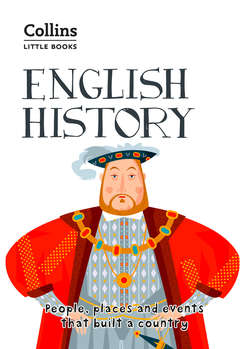Читать книгу English History: People, places and events that built a country - Robert Peal - Страница 12
Оглавление400S | Anglo-Saxons
After the Roman army abandoned Britain in 410, two tribes from Northern Germany began to invade and settle in England. Known as the Anglo-Saxons, they established a number of separate kingdoms across the country, such as Wessex in the south, Mercia in the midlands, and Northumbria in the Northeast. Early Anglo-Saxon England had a population of perhaps one million people living scattered across the countryside, in houses made of wood and straw.
Unlike the Romans, the early Anglo-Saxons could not read or write, and did not have the technology to build cities or roads. There are no written records or buildings left from this period for historians to study, so some call the early Anglo-Saxon period the ‘Dark Ages’. Much of what we know about early Anglo-Saxon England comes from the findings of archaeologists. Anglo-Saxons were skilled metal workers who loved jewellery and made beautiful objects out of gold and gems. Perhaps the most famous Anglo-Saxon artefact is an iron helmet and patterned facemask found in 1939 at a burial mound in Suffolk called Sutton Hoo. The Sutton Hoo helmet was intricately decorated with scenes of war, such as a warrior on a horse trampling a fallen enemy.
Flik47 / shutterstock.com
